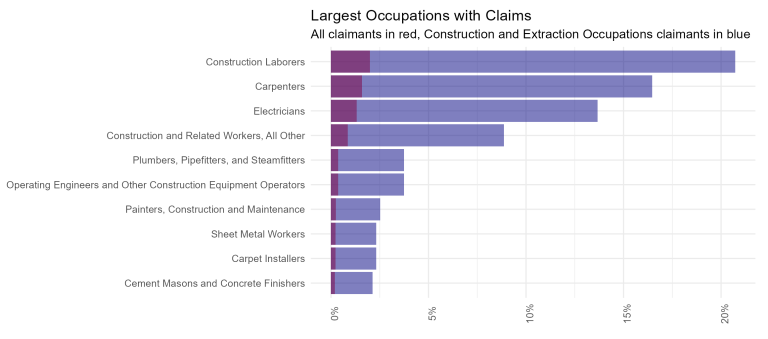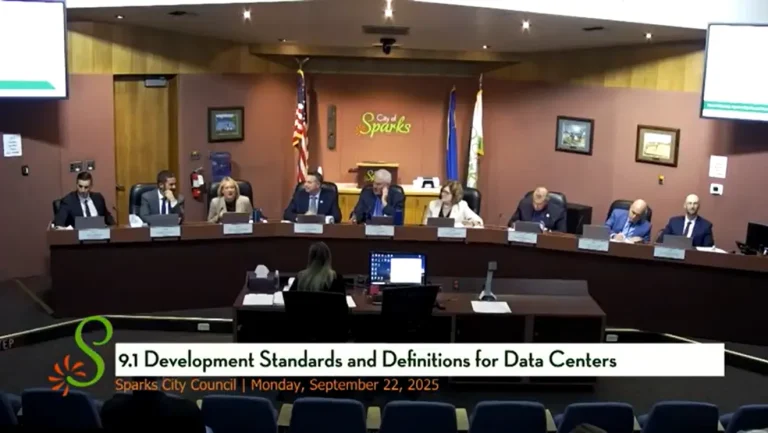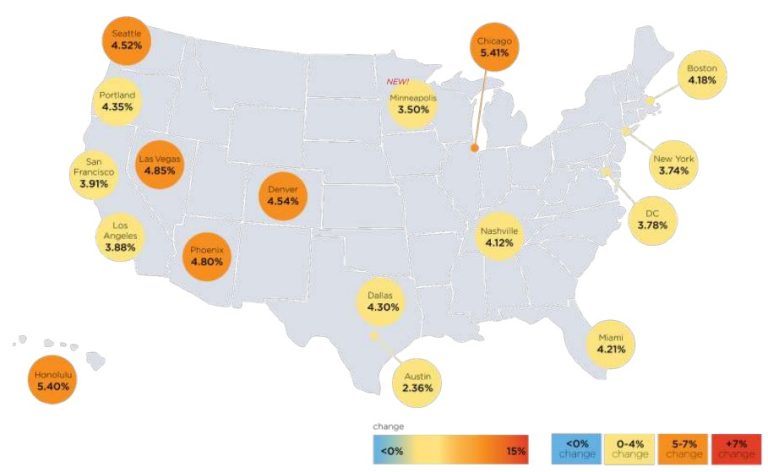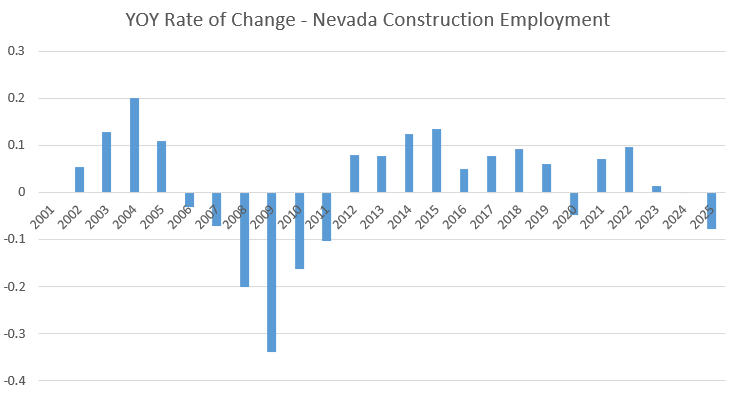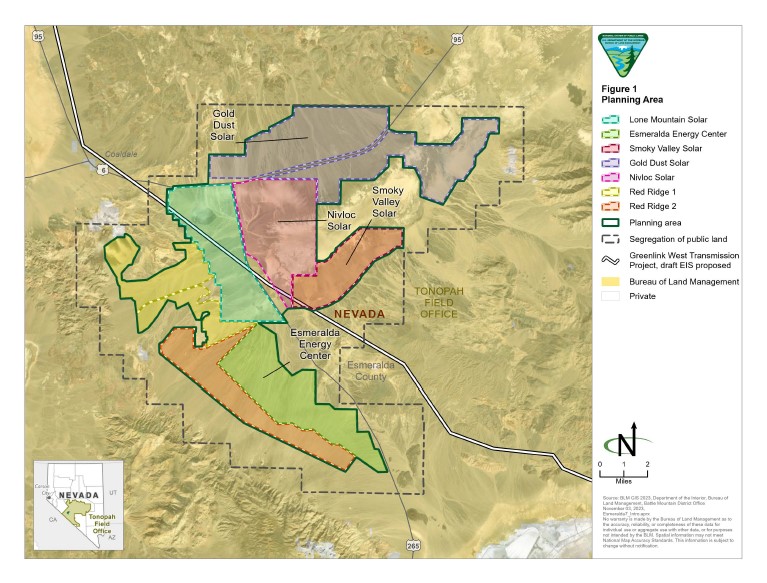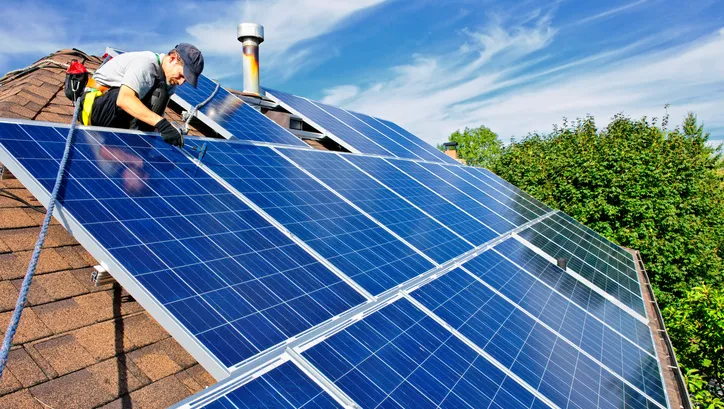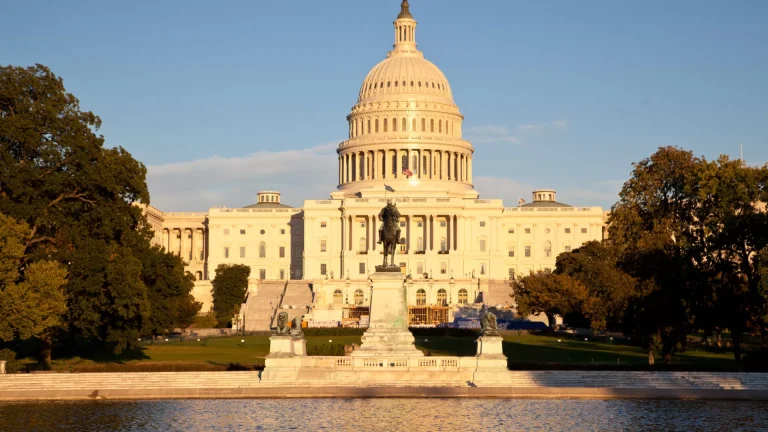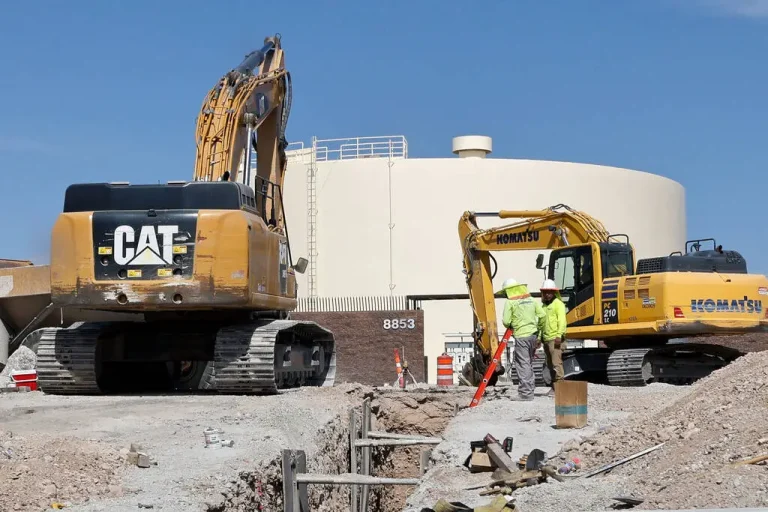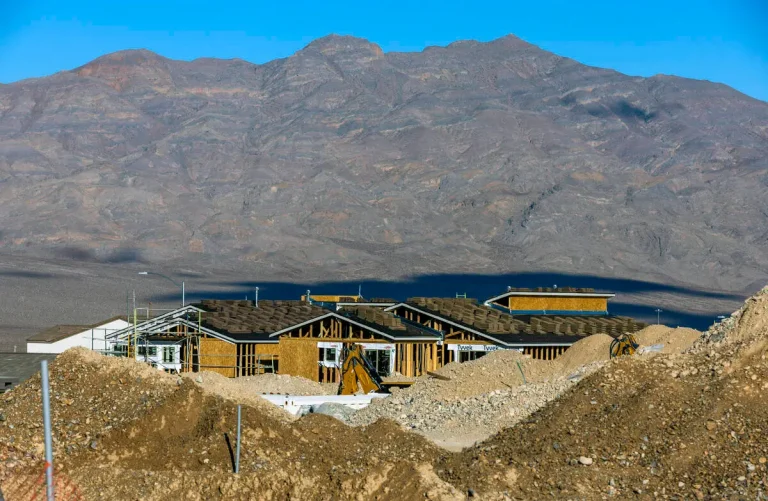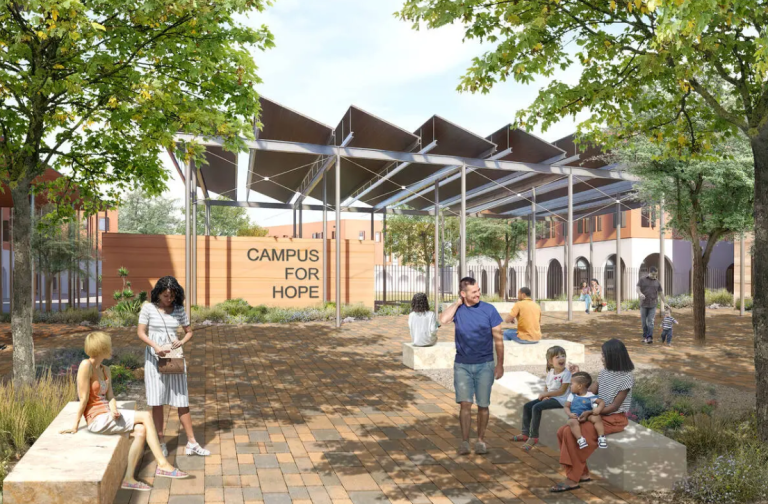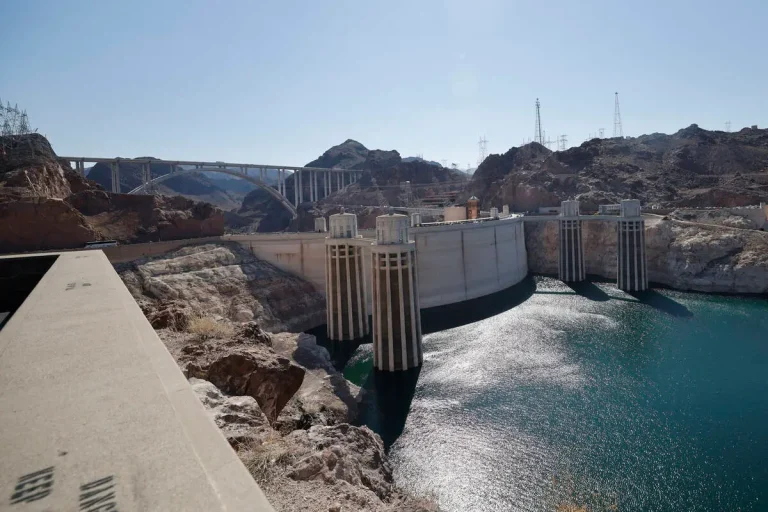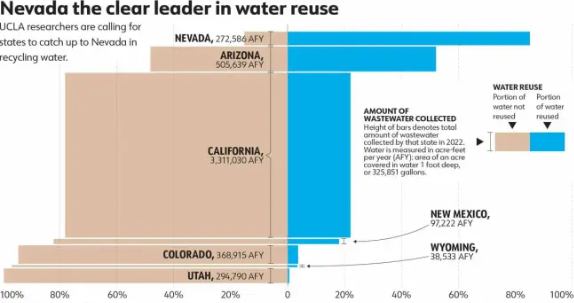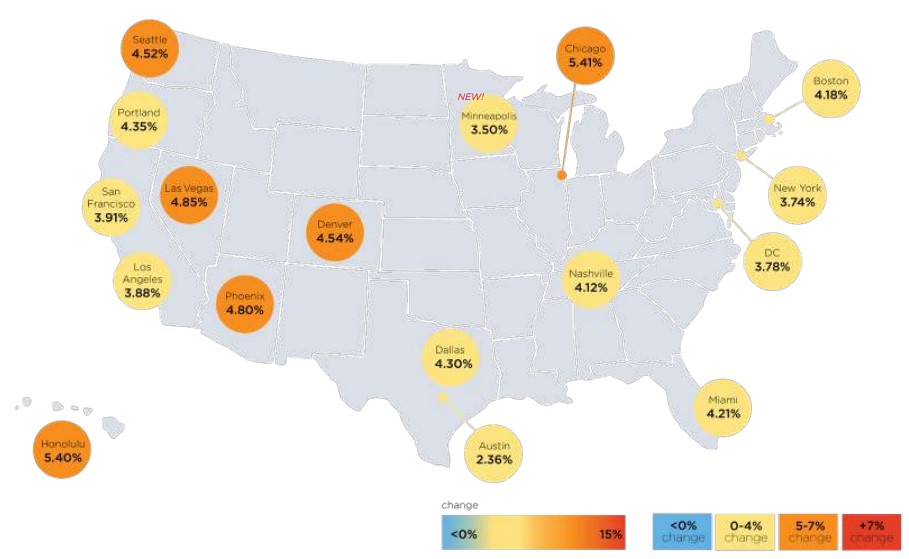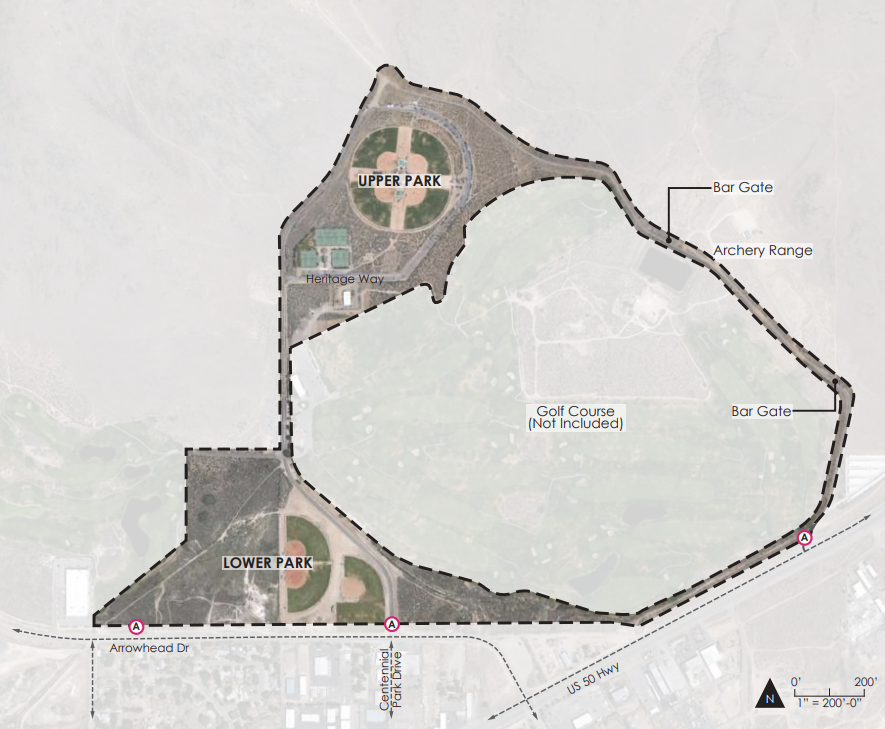New solar projects are anticipated to make up around half of the new electricity added to the grid across the nation.
The Energy Information Administration released a prediction that found developers were on pace to provide 33 gigawatts of solar power this year.
The earlier half of the year brought about 12GW of capacity, while an additional 21GW is planned in the remaining half of the year.
This comes as the Trump administration has tried to move away from clean energy development. The administration has cut funding for various green developments and is now enforcing an order that Interior Secretary Doug Burgum personally review every solar and wind energy project on public lands.
If the planned energy comes to fruition, the EIA 2025 will reach record numbers in annual additions. In total, 64GW in new capacity is planned. The remaining capacity is to be added via battery storage, wind and natural gas power plants.
Notably, solar energy does not produce carbon emissions and is a part of an effort to decarbonize the United States. In the past, the construction of wide-scale solar projects would often benefit from federal incentives.
The administration argued clean energy projects were more detrimental to the environment, as they often had larger footprints than nuclear, gas and coal developments.
The Environmental Protection Agency eventually ended a $7B program to offer solar energy grants to low-income households. This resulted in Nevada losing $156M in grant funding.
Gov. Joe Lombardo wrote to Burgum on Aug. 4 saying certain solar projects that were far along in the production pipeline had been frozen. He went on to write, “Solar energy development in Nevada is crucial to our state’s economic future and will contribute to the Nation’s energy dominance and independence.”
Nevada was listed as fourth in terms of electricity generation from utility- and small-scale solar resources in 2024. Solar power accounted for 31% of all energy generated last year.
The states surpassing Nevada in solar generation were Texas, California and Arizona. New solar developments in Texas have accounted for more than a quarter of 2025’s newly added capacity. The Lone Star State is anticipated to add an additional 9.7GW, which is roughly half the total capacity planned in the second half of the year.
The second-highest addition to capacity was seen in battery storage. These additions were most common in Arizona and California, with the states combining for roughly half of new additions.
The EIA also noted only a small quantity of generating capacity has been retired throughout the first half of 2025. It reported only 2GW from the 8.7GW planned to be retired were pulled back. Additionally, 3.6GW that were planned to be retired have been delayed or canceled.
If the planned retirements remain in place, coal plants will make up 71% of retired energy, while natural gas will make up 19%. (Source)







